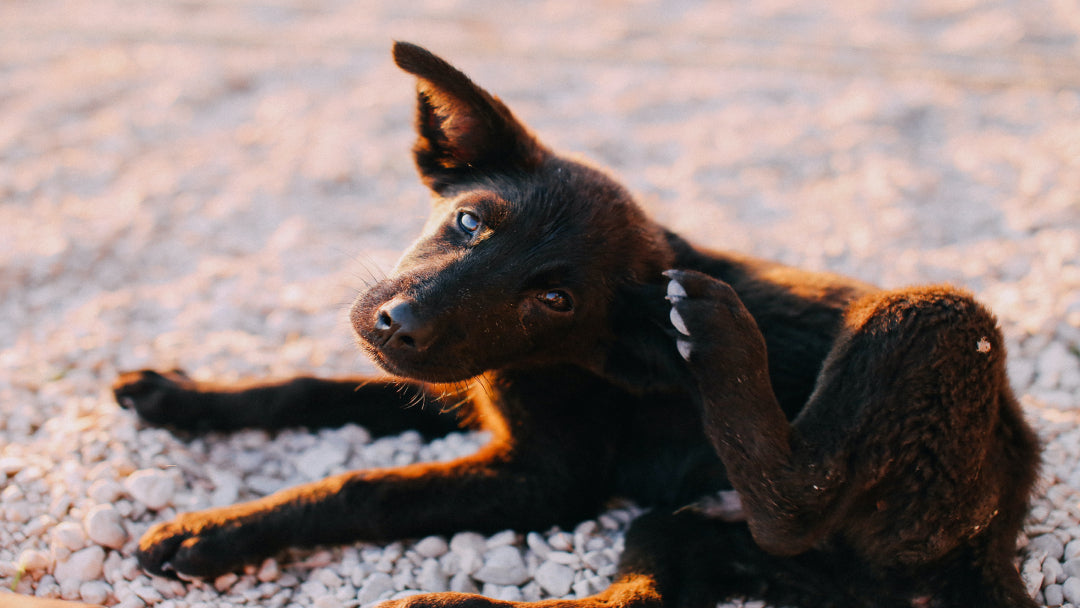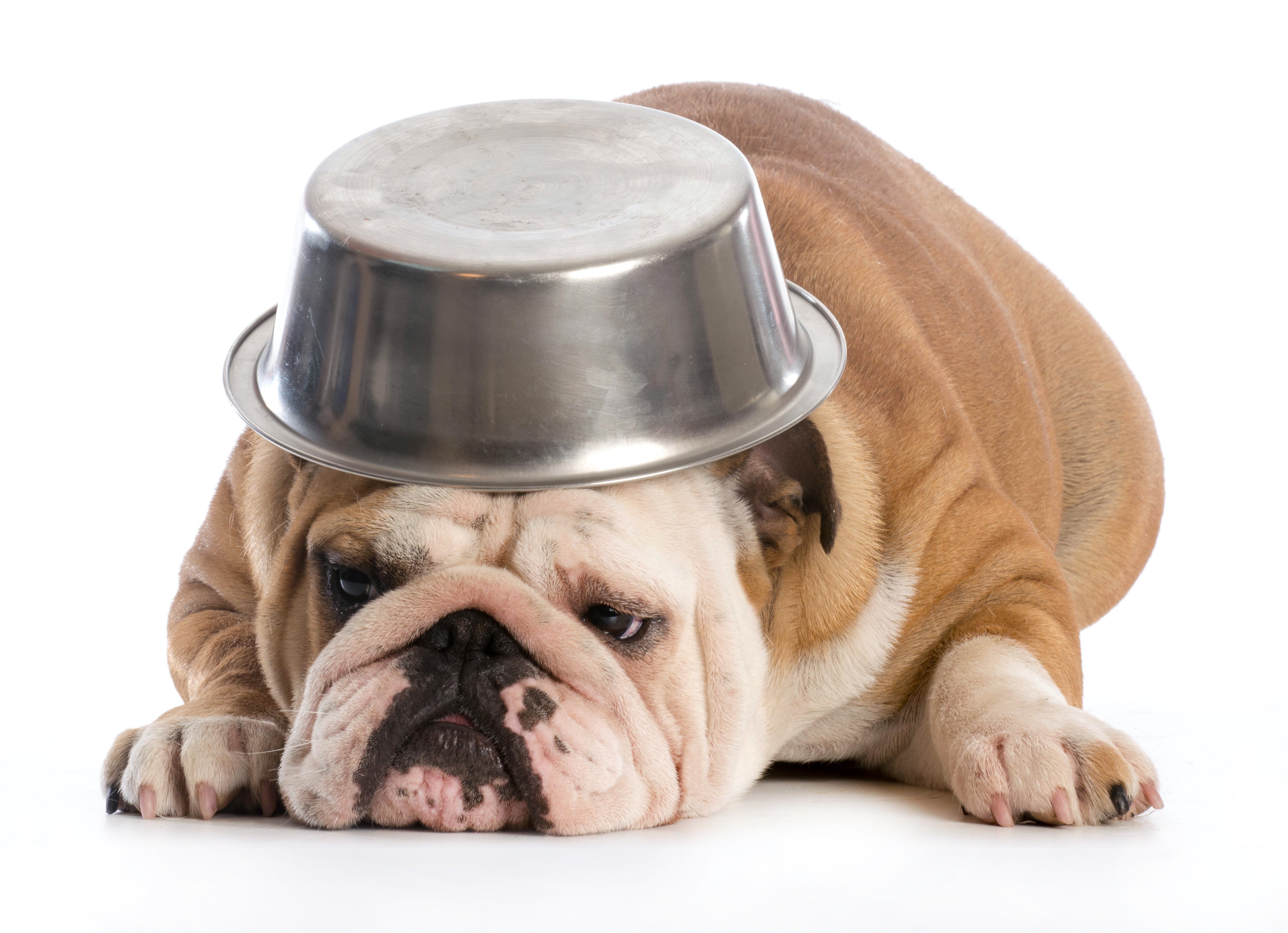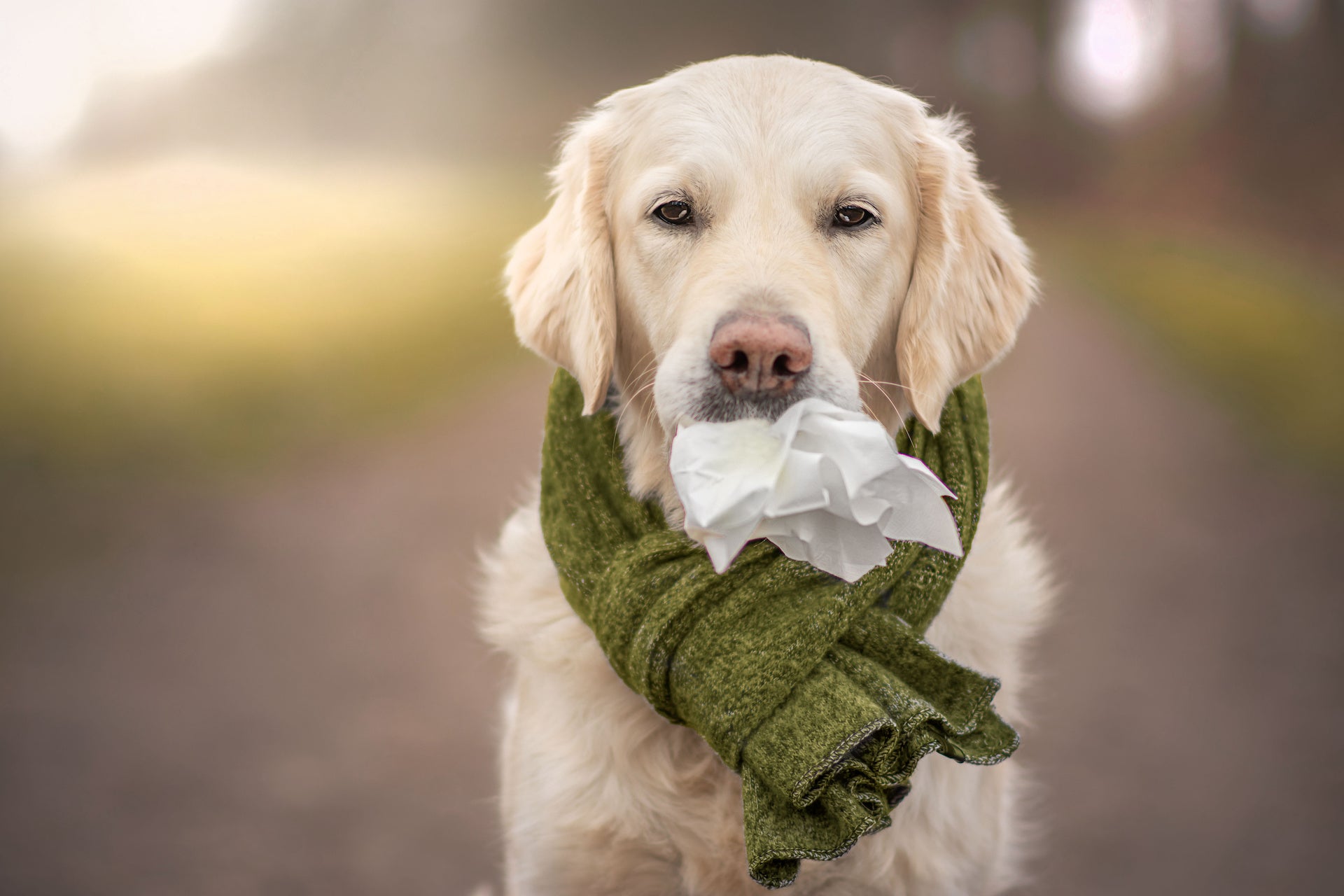A yeast infection is one of the most common of the bugs and infections your dog can get. It's never pleasant to watch your dog suffer, even a little. So, here we'll discuss everything you need to know about yeast infections in your dog - the symptoms, causes, treatments, and much more.
Related: My Pet's Ears Smell Like Corn Chips, What is it?
What is a Yeast Infection in Your Dog?
Yeast is a spore-producing fungus that can live in your dog's body. Some yeast is meant to exist in your dog's system, and some even help them to digest their food. But if it begins to overgrow, issues develop. A fungal infection is the result of this overgrowth. There are two kinds of yeast infections your dog can suffer - Candida Albicans and Malassezia.
Candida keeps the harmful bacteria at bay because it feeds on the same food and attaches to the same sites. But when this balance is thrown off, yeast can grow out of control and cause inflammation that disturbs the cells of your dog's gut lining. When the lining is damaged, viruses, harmful bacteria, and yeast can enter your dog's bloodstream from the intestines. This condition is called leaky gut and can significantly complicate yeast infections. The two conditions have several overlapping symptoms, but there are ways to know if your dog has a yeast infection.
The Symptoms of a Yeast Infection
Yeast loves a moist environment. The areas on your dog the most prone to yeast are their paws, ears, armpits, groin, and the folds of their faces. Here are a few signs of yeast infection:
- Greasy Skin - Your dog's skin is excessively oily.
- Skin color and texture - Their skin may initially turn pink or red, later become thick and leathery, and gray or black.
- Scaly skin - The infected area will become flaky or scaly, like dandruff.
- Itching and rubbing - Yeast infections are nothing, if not itchy and irritating. Your dog will rub themselves up against things and scratch almost uncontrollably.
- Head tilting - If the yeast infection is on or behind their ears, your dog may start tilting or shaking their heads.
- Excessive licking - Your dog will lick the infected area to relieve the itching and irritation.
- Musty odor - The yeast will cause your dog to take on a cheesy or musty smell. Sometimes it smells like corn chips.
- Swelling - The infected area will swell, get red, and become warm. These are among the first signs of a yeast infection. Your dog may also experience pain.
- Excessive drooling - If the yeast infection is inside of their mouth, they may drool, have trouble eating, and have discomfort in their mouths.
- Hair loss - Depending on the location of the yeast infection, your dog may experience hair loss in the area.
What Causes Yeast Infections?
A yeast infection usually occurs in your dog as a secondary problem to a more significant issue. The initial condition has weakened your dog's immune system (like hormonal problems) or skin defenses, allowing a yeast problem to develop.
For instance, if your dog has food or environmental allergies, they may develop yeast infections in their ears.
Risk Factors for Yeast Infections
Following are a few conditions that may be risk factors for yeast infections in your dog:
- Skin irritations
- Hot, humid weather
- Skin folds
- Pre-existing skin issues
- Bacterial infections
- Medications like corticosteroids or antibiotics
Following are some of the dog breeds most prone to yeast infections:
- Basset Hounds
- Shih Tzus
- American Cocker Spaniels
- Poodles
- West Highland White Terriers
- English Setters
- Boxers
- Dachshunds
- Australian Silky Terriers
Related: Pet Clinical Trial - Arthritis and Pain

Do you have any concerns about your four-legged pal? We can help. Contact Healthy Paws Herbal Labs to set up a complimentary pet wellness with Dr. Kyle.
How a Yeast Infection is Diagnosed
Since other conditions can present like a yeast infection, it's best to allow your vet to diagnose them properly. Your vet will take samples of the infected areas with a swab, tape, scraping, or look directly at the area under a microscope. They'll also be able to see if there is another condition besides the yeast infection. This step is essential because treating the yeast infection alone won't solve the issue. Both (or all) conditions have to be addressed.
Ear Mites, Skin Mites, or Yeast Infections
Ear mites, skin mites (mange), and yeast infections can all look identical. These mite infections are very itchy for your dog and can cause many of the same symptoms as yeast. They are also very contagious to other animals - including your other family pets. Fortunately, your vet can tell the difference and will know the best way to rid your dog of what ails them.
Treatments for Yeast Infections
So, you're confident that your dog has a yeast infection. Here are some popular and effective treatments.
Topical Treatments
Your vet may recommend an anti-fungal shampoo initially. If this doesn't prove effective, you may have to use other topicals directly on the infected areas a few times a day or week. The ingredients in these topicals and shampoos will begin to kill the yeast within a week. If your dog has yeast in their ears, you may use anti-fungal ear drops with the same effective ingredients.
Oral Treatments
If the topical treatments fail to work, your vet may recommend an oral treatment. Oral medications with anti-inflammatory ingredients can reduce some of the swelling. Don't use a prescribed medication without speaking with your vet.

For an all-natural approach, try our Yucky Fungus oral suspension for yeast. This broad-acting compound can help treat the yeast overgrowth and any issue that causes it - age, hormones, medications, and slow digestion. This formula includes Bai Tou Weng, Bai Zhi, Che Quiang Zi, and many others to help kill the yeast, reduce itching, and restore healthy bacteria and yeast levels.
At-Home Remedies
When you suspect a yeast infection, you may be tempted to skip the vet visit and try other methods. We would suggest that you at least consult with your vet to ensure it is yeast and to diagnose any other conditions. And whatever treatment you may choose from below, get their advice first.
- Yogurt
- Fermented vegetables
- Probiotics
- Coconut oil
- Herbs
- Yeast-free or anti-yeast foods
- Low-sugar foods
- Hydrogen peroxide
- Witch hazel
- Tea tree oil
- Essential oils
- Vinegar rinses

Related: HEMP FOR PETS 101
Last Word on Yeast Infections
It's tough to see your dog suffering from any health condition, even if it's a common one like yeast. Try to act as soon as you see the first signs, so you can stop it before it gets worse. Seek help from your vet and follow their instructions.
Your fur babies mean the world to you, and we get it. We're passionate about providing wellness solutions to improve their quality of life. Check out Healthy Paws Herbal Labs to learn more.



